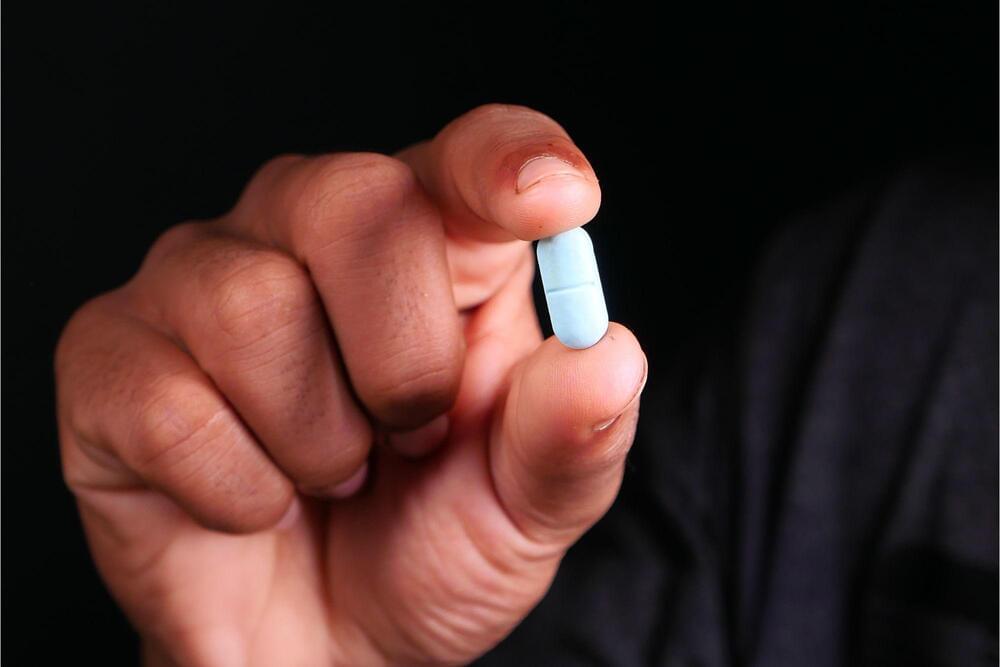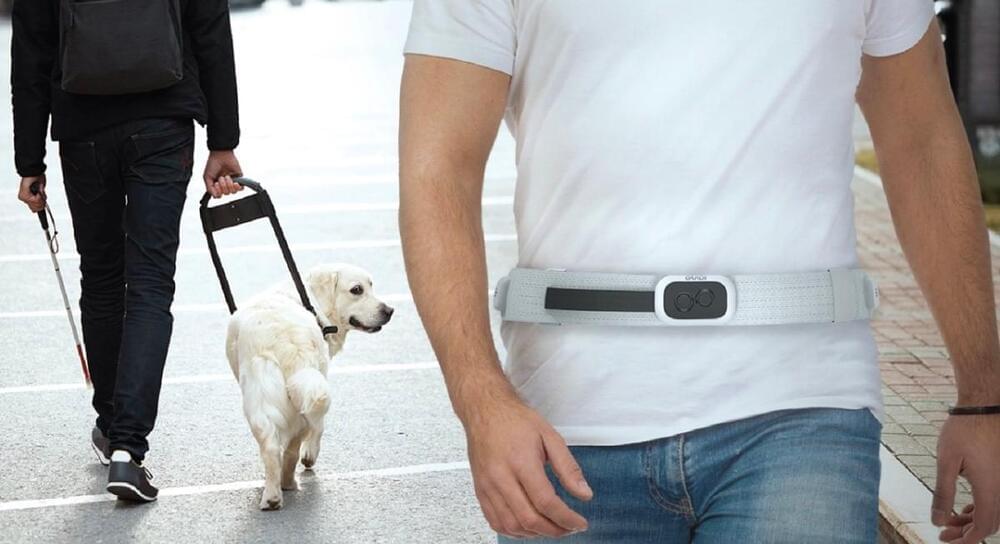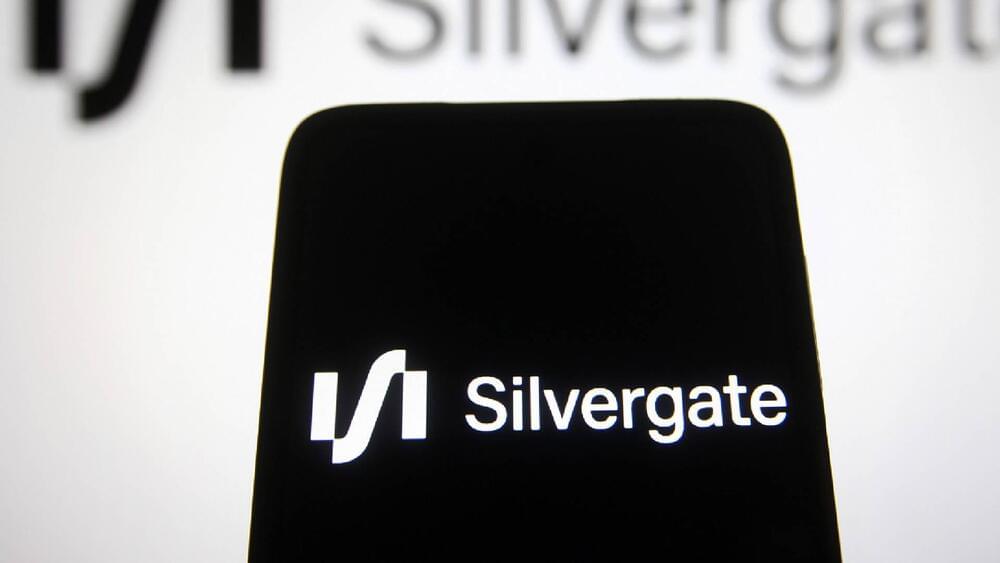Billionaires are funding immortality tech. And in theory, such techology would allow those billionaires to compound their wealth and power forever. Gulp.
Avi Loeb joins John Michael Godier to discuss his new initiative the Copernicus Space Corporation. ‘Copernicus’ is a privately held, novel type of space exploration company, headquartered in Massachusetts, which fosters ultra-long-range thinking and leverages disruptive technology for new human strategies in space. Avi also discusses the Galileo Project and its scientific search for UAP. Also discussed, can we detect gravity wave signals from alien civilizations?
Avi Loeb links:
https://avi-loeb.medium.com/
https://projects.iq.harvard.edu/galileo/home.
https://copernicus-initiative.com/
YouTube Membership: https://www.youtube.com/channel/UCz3qvETKooktNgCvvheuQDw/join.
Podcast: https://anchor.fm/john-michael-godier/subscribe.
Apple: https://apple.co/3CS7rjT
More JMG
Want to support the channel?
Patreon: https://www.patreon.com/EventHorizonShow.
Follow us at other places!
A team from University Hospitals and Case Western Reserve University has identified a small-molecule drug that effectively reduces cholesterol by 70% in animal models.
PCSK9 inhibitors are the second most common type of medication used to manage cholesterol levels, following statins. These drugs are highly effective at reducing excess cholesterol in the blood, but unlike statins, which can be taken orally, PCSK9 inhibitors must be injected. This can be a barrier to their use for some people.
A small-molecule drug that can be taken orally has been developed by researchers at University Hospitals and Case Western Reserve University School of Medicine. The drug has been shown to significantly reduce PCSK9 levels and lower cholesterol by 70% in animal models. These findings, published in the journal Cell Reports.
Space Solar Power Demonstrator (SSPD) launched on January 3rd may be a breakthrough for harvesting solar energy from space.
A Caltech-designed prototype satellite containing an experiment, the Space Solar Power Demonstrator (SSPD), was launched on January 3rd of this year in what could prove to be a breakthrough for harvesting the energy of the Sun from space. The satellite goes by the name Momentus Vigoride and hitched its ride into space on a SpaceX Falcon 9 rocket.
Solar energy from space has been the dream of science fiction writers beginning with Isaac Asimov back in 1941 in a short story called Reason which later was included in a collection that Asimov published in 1950 entitled I, Robot. In the story, Asimov described a space station that collected energy from the Sun and transmitted it by microwave beam to various locations. Asimov recognized the distinct advantage of building solar power generating stations in space out of the Earth’s shadow and therefore continuously being able to harvest the energy of the Sun.
When the first telecommunication satellites were launched into geosynchronous orbits around Earth, it became obvious that not just communications could be offered in a continuous stream using satellite technology. A photovoltaic array parked in a similar orbit would stream electrical energy to Earth ground receivers. And depending on the size of an array deployed at that altitude, a satellite or a few of them to ensure no single failure, could become an endless supplier of all the energy the planet would need. There were technical problems still to work out.
Indiegogo.
PetBot Loona, introduced by robotics company KEYi Technology at the Consumer Electronics Show (CES) — 2023, is quite endearing. The company is currently raising funds for this project on Indiegogo (a platform to raise funds).
BioNTech has announced a strategic partnership with the UK government to provide up to 10,000 patients with personalised mRNA cancer immunotherapies by 2030.
BioNTech is famous for having partnered with Pfizer to develop a COVID-19 vaccine, based on messenger RNA (mRNA). More recently, the company has been further developing this technology to investigate its potential in treating other diseases, such as cancer. One study, which involved the injection of mRNA into colon and melanoma tumours in mice, halted tumour growth and caused a complete regression of cancer in 85% of the animals. A phase 1 trial in 231 humans is currently underway and expected to conclude in 2024.
A sharp-eyed developer at Krita noticed recently that, in the settings for their Adobe Creative Cloud account, the company had opted them (and everyone else) into a “content analysis” program whereby they “may analyze your content using techniques such as machine learning (e.g. for pattern recognition) to develop and improve our products and services.” Some have taken this to mean that it is ingesting your images for its AI. And … they do. Kind of? But it’s not that simple.
First off, lots of software out there has some kind of “share information with the developer” option, where it sends telemetry like how often you use the app or certain features, why it crashed, etc. Usually it gives you an option to turn this off during installation, but not always — Microsoft incurred the ire of many when it basically said telemetry was on by default and impossible to turn off in Windows 10.
That’s gross, but what’s worse is slipping a new sharing method and opting existing users into it. Adobe told PetaPixel that this content analysis thing “is not new and has been in place for a decade.” If they were using machine learning for this purpose and said so a decade ago, that’s quite impressive, as is that apparently no one noticed that whole time. That seems unlikely. I suspect the policy has existed in some form but has quietly evolved.
The visually impaired are getting a helping hand (or a helping belt, as it were) from Korean startup AI Guided. At CES in Las Vegas, the company was showing off some pretty neat tech that incorporates optical and Lidar technology along with AI-powered on-device computing to identify obstacles and help with navigation.
The company claims to be able to do advanced object identification to help keep walkers safe, in addition to using gentle haptic feedback to help with wayfinding. The whole system is carried on a belt, leaving the users hands-free.
The bike can hit the 60 mph mark in three seconds and offers a top speed of 124 mph.
Making its foray into the US market, Davinci Motor has debuted its first electric motorcycle — DC100, at the Consumer Electronics Show (CES) 2023 in Las Vegas. The Chinese manufacturer focuses on producing high-performance electric offerings with a long-range to rival traditional liter-class motorcycles.
The streetfighter-inspired design encapsulates an electric motor that produces 135 bhp of peak power and 850 Nm of torque. The self-developed synchronous AC motor is mounted directly on the rear wheel of the motorcycle. DC100 features a 17.7 kWh battery pack and weighs 562 lbs (255 kg).
The bank is suffering from the ongoing crypto winter triggered by the collapse of FTX.
U.S. bank Silvergate, which provides exclusively cryptocurrency services, saw its customers withdraw over $8 billion in the last three months of last year, according to a report by the BBC
The bank was then forced to sell nearly $5.2 billion in assets in order to survive.
Pavlo gonchar/sopa images/lightrocket via getty images.
This amounted to around two-thirds of the bank’s customers pulling their deposits in October, November, and December 2022.









